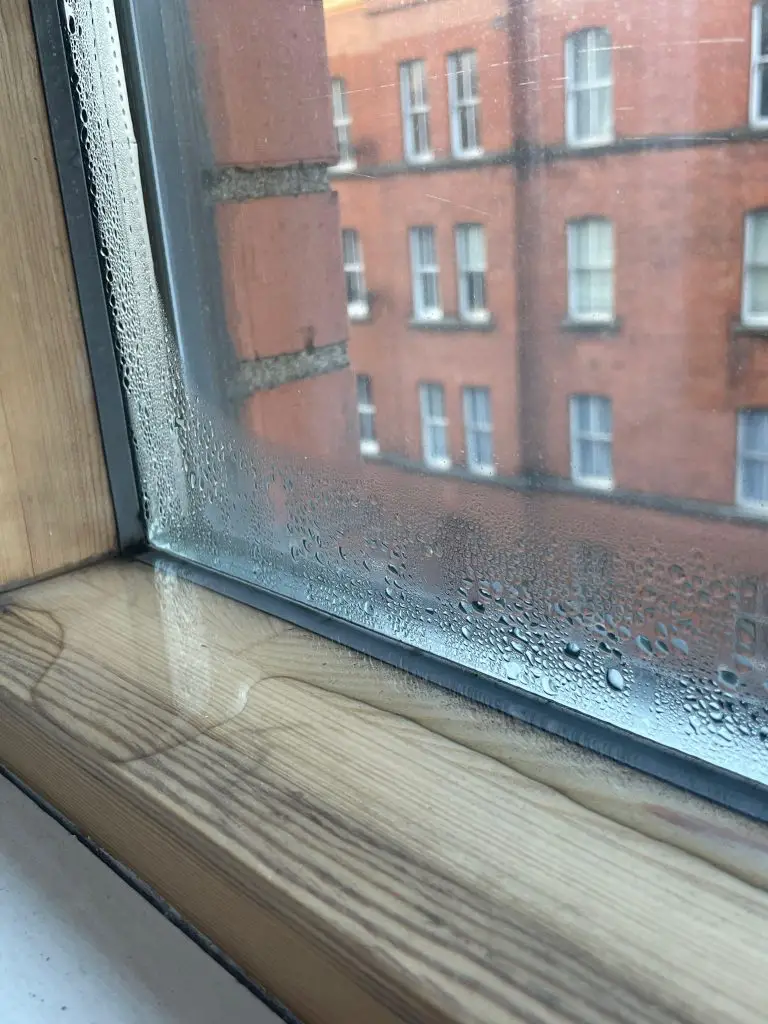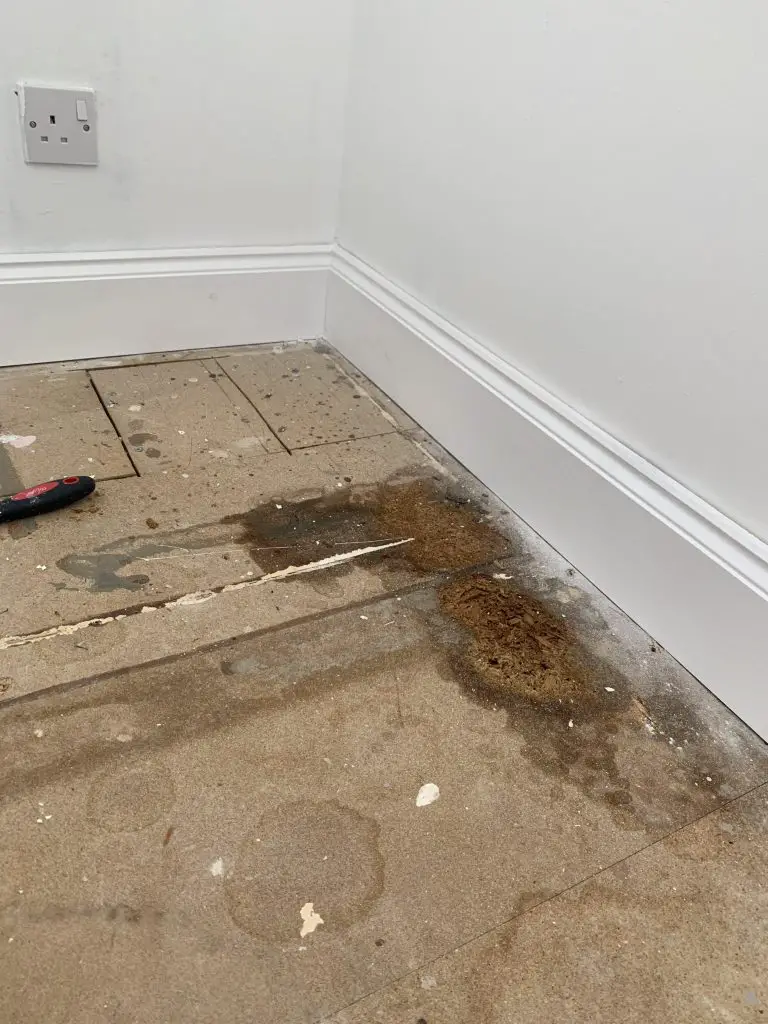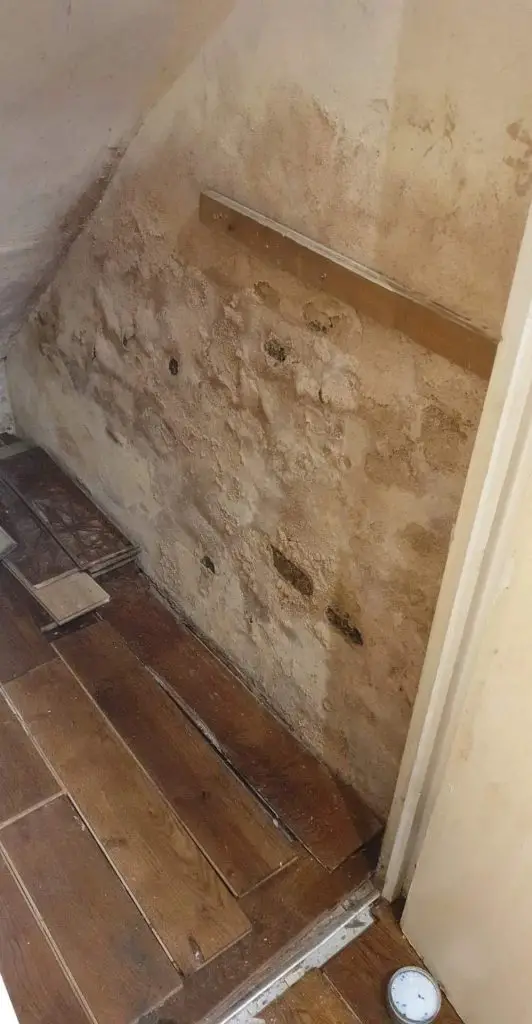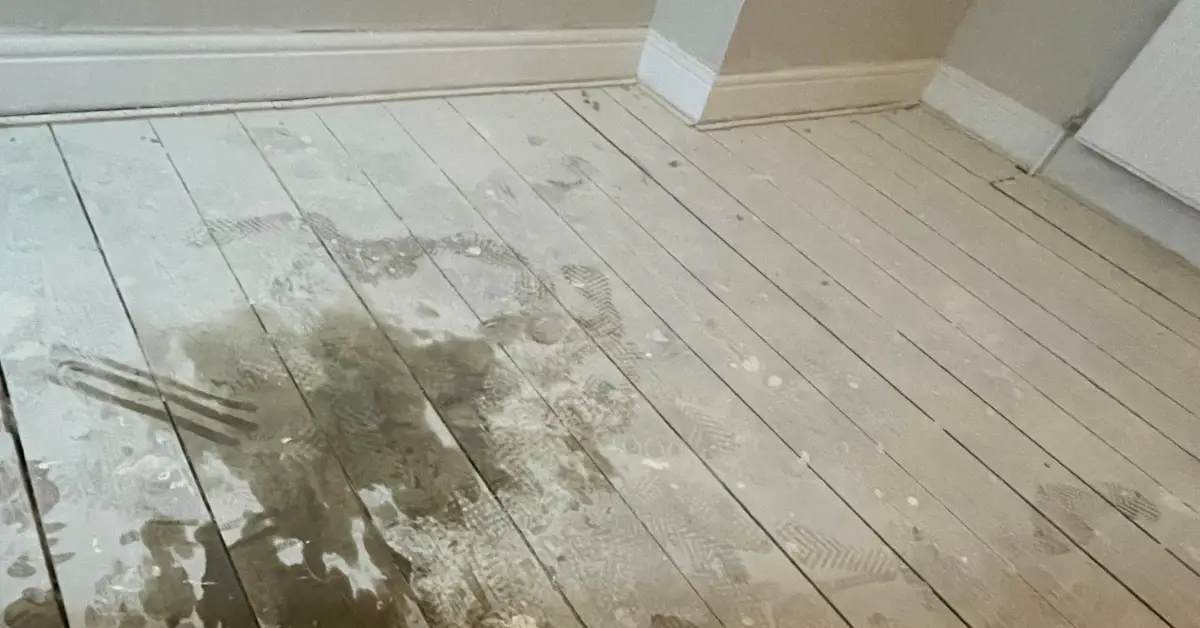Damp Floors in Old Houses A Stressful Event
Damp floors in old houses can be a thorn in the side for any resident of an older home. If left untreated damp floors can lead to a number of larger problems and more headaches for the homeowner.
As with any damp issue, clear steps can be taken to identify and in general, fixes can be put in place.
This guide, however, will give you a full overview of why damp floors occur and then what to do to fix them.
What causes damp floors in old houses?
When fixing damp floors in old houses, it’s best to understand the different causes of dampness.
A key tenet to remember is that dampness occurs due to moisture or water interacting with a surface.
There are a number of things that can cause moisture within a house, so we shall run through the most common now.
Condensation
Condensation is a greatly misunderstood concept, especially when it comes to treating issues with dampness in the home. The air we live in is full of moisture, which is recorded by the amount of humidity in the air.
Moisture or water moves through the air as a gas, however when it hits a cold surface the gas turns into liquid. The most common example of this is a bedroom window in the morning. The warm moisture we emit when breathing hits the cold window causing a stream of condensation.

A similar phenomenon can occur with tiled flooring if not heated adequately as it effectively becomes a large cold surface.
Leaks
Underfloor leaks are another possible cause of damp floors in old houses. These issues tend to be the hardest to diagnose and have the potential for some fairly annoying problems such as rotting floorboards or joists.
Typically faulty piping causes leaks which contaminate other areas of the floor, leading to dampness over time.

Depending on the type of floor on top of the floorboards it can make investigations quite difficult. For example, if you are required to remove tiling it may be quite a problematic and costly process.
Exterior Walls
Assessing the condition of any external walls that are adjacent to any floorboard dampness is another good check to make.
Damp floors in older homes can also be linked to larger damp problems.

Houses built at the beginning of the 20th century were typically built using a solid masonry wall. This type of construction is prone to dampness and keeping the property dry and damp-free requires a little more care and attention.
When examining the exterior walls you will essentially be looking for areas where dampness or moisture can penetrate into your brickwork.
Look for faulty guttering, blocked drains and brickwork in a state of disrepair. These areas can enable dampness to get into your home which can then lead to issues with your flooring.
Read our penetrating damp guide for further information.
Damp Proof Course
A damp proof course or DPC is a layer of material that blocks moisture from rising any further up into your walls. In old houses, hard materials such as slate were used and built into the walls near the base.
Many sales companies believe that faulty damp proof courses are the reasons for dampness within an old property but this is rarely the case.
It is more likely that the DPC is being rendered ineffective due to external rendering or a raised pavement. Any material too close to the DPC allows moisture to bridge above it and up into your walls and floorboards.
How to fix damp floors
Part of fixing damp floorboards in old homes is to first identify the source of the problem. There are also some best practices that you can take to keep your home warm and dry. Once the source of the dampness is under control you may have to take further steps to repair your floors depending on the amount of damage that has already occurred.
Ventilation
Keeping air flowing through the house will help reduce the amount of humidity in the air. If you remember condensation-related dampness occurs when the moisture in the air hits colder surfaces turning it into water.
Increasing the ventilation in the home either by non-mechanical or mechanical methods such as extractor fans is a great start when trying to reduce dampness in an older home.
Temperature
Another way of keeping condensation at bay is by ensuring the temperature within a room doesn’t swing wildly from high to low or vice versa. Ensuring that surfaces don’t get too cold means that hot air doesn’t hit the cold surfaces leading to more condensation.
It is recommended to keep the heating on low during the day at a constant temperature, rather than turning it on and off at various points. Although this sounds counterintuitive in the days of sky-high energy prices, modern boilers are designed to work in this matter.
How to stop condensation on floor tiles
Condensation forms when warm moisture hits cool surfaces. Unfortunately, bathrooms are full of moisture from showering and bathing. In order to combat the moisture we’d highly recommend the use of mechanical ventilation such as an extractor fan.
The temperature of your bathroom tiles also comes into play if you want to reduce any condensation on your floor tiles. Ensuring that your bathroom is heated regularly will help with this issue.
Due to the amount of moisture that is created when showering it is always very difficult to keep condensation at bay. Keeping windows open, using an extractor fan and ensuring you properly heat your temperature will help minimise the condensation on your tiles.
If you would like to learn more about fixing damp in old houses, check out our full range of different guides.


Leave a Reply